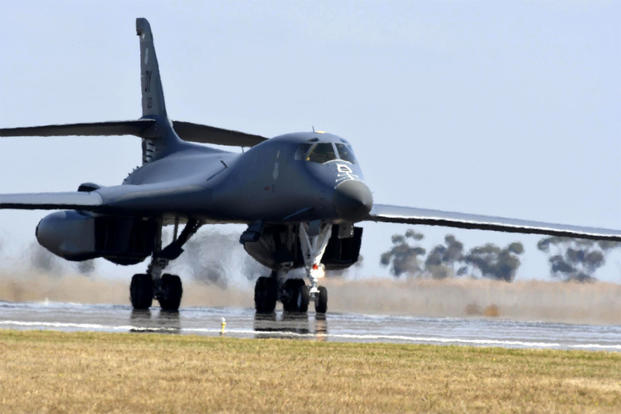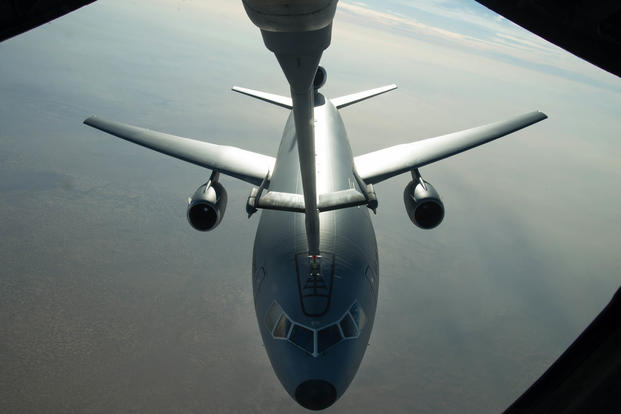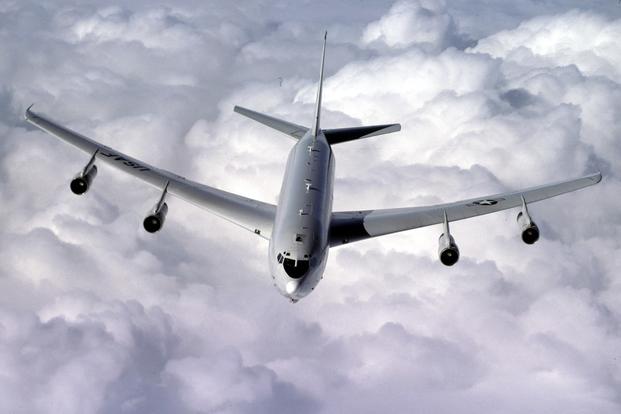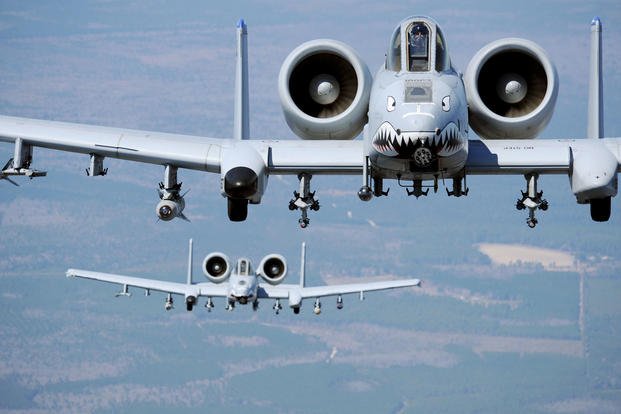Get ready for a new A-10 Thunderbolt budget fight.
Air Force Chief of Staff Gen. David Goldfein wants to fund new initiatives in connectivity, space, combat power projection, and logistics starting in 2021 -- to the tune of $30 billion on top of what it is already using. One way to do that, says Todd Harrison, a defense budget analyst at the Center for Strategic and International Studies, is to retire $30 billion worth of legacy aircraft.
That is, get rid of the old stuff to make room for the new.
While getting rid of these aircraft isn't the only way to make room for the new initiatives and save $30 billion, it is the fastest route to get there, and many of the retirements make sense. Some of the planes' missions are obsolete, some of the airframes are currently being updated with newer models, and at least one can't even fly its primary mission due to treaty obligations.
1. B-1B Lancer

The B-1B is already scheduled for retirement in the 2030s, but retiring the program early could save up to $4.8 billion. At 32 years old, the Lancer is already struggling with a 50 percent mission-capable rate. It can't even complete the missions for which it was designed as a nuclear deterrent. The Air Force's fastest bomber, the one that carries the biggest bomb loads, can't carry nuclear weapons under the terms of the 1994 START I agreement with Russia.
2. B-2 Spirit

Also scheduled for retirement in the 2030s, the B-2 Spirit has a mission-capable rate of 61 percent and is scheduled to be replaced by the new B-21 Bomber in the late 2020s. Retiring the B-2 early could save as much as $2.9 billion.
3. A-10 Thunderbolt II

The Air Force's 281 A-10s are mission capable 73 percent of the time and are its primary close-air support craft. The average A-10 is 38 years old, and even though the bulk of the A-10 fleet has just been scheduled to get new wings, canceling the re-winging and retiring the Warthog could save as much as $6.7 billion.
4. KC-10 Extender

Retiring the 59 heavy tankers in the U.S. Air Force fleet would save the service $2 billion if they do it before 2024 -- when they're scheduled for retirement anyway. This may create a tanker shortage because the new Boeing KC-46 Pegasus tanker isn't quite ready for prime time.
5. RC-135V/W Rivet Joint
This signals intelligence and optical and electronic reconnaissance aircraft is more than 56 years old but is still kicking around the Air Force waiting for a yet-undeveloped Advanced Battle Management System to replace its old tech. While retiring it before 2023 would save $3.5 billion, it would create a gap in electronic and signals intelligence capacity.
6. E-3 Sentry AWACS

These 39-year-old planes are mission-ready just 66 percent of the time and are undergoing modernization upgrades. If the Air Force scraps its modernization along with the rest of the airframe before 2023, it could save $5 billion.
7. U-2 Dragon Lady

Getting rid of the 37-year-old U-2 would save some $2 billion for the Air Force. The Air Force could then rely on the much more efficient RQ-4 Global Hawk drone for ISR.
8. E-8C JSTARS

Also waiting for the unknown advanced battle management system, the 16 E-8C Joint Surveillance Target Attack Radar aircraft in the Air Force are already scheduled for retirement. But actually retiring the aircraft would save the USAF $2.7 billion.












